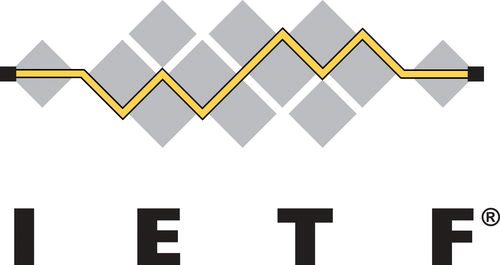Simplifying deployment of modern networks through automation: The role and work of Operations and Management Area in IETF
March 14, 2024 | Mahesh Jethanandani
I am excited about the opportunity to serve as the Area Director for Operations and Management (OPS). Before this, I served as Chair of the NETCONF Working Group (WG) for ten years. The role oversees seven WG and several directorates. The WG include NMOP, NETCONF, NETMOD, IVY, OPSAWG, ANIMA, and DIME.

The Operations and Management Area of IETF is tasked with defining protocols and language needed for automating management of the Internet as well as evaluating the solutions that are deployed in the network. With that in mind, this Area has recently chartered a new Working Group (WG) called Network Management Operations (NMOP). Its charter reads as follows:
The increased drive by operators for integration and deployment of network management protocols and YANG data models may expose issues and problems with the individual protocols and models, or with the wider integration of both the protocols and the models. Some of these problems may only be witnessed when trying to manage large-scale networks, e.g., due to the increased complexity and handling large volumes of data exported in frequent updates. At the same time, simplifying the network management and operations, with increased automation, is a high priority for network operators.
In 2002, the Internet Architecture Board (IAB) convened a meeting of operators to determine their asks from a management perspective and captured the requirements in RFC 3535 [1]. This resulted in definition of the NETCONF protocol and YANG as the language for developing data models. The NMOP WG has been tasked with reviewing those requirements based on 20+ years of deployment experience in operators’ environments, and examining what has and has not worked.
As the Operations and Management Area Director, I have asked the NETCONF WG that defines the protocol, and NETMOD WG that defines the language to propose enhancements needed to improve both the language and the protocol. Those projects are referred to as NC-next, RC-next and YANG-next for the next versions of NETCONF, RESTCONF and YANG specifications respectively. The changes will include both backward and non-backward compatible.
Meanwhile, the Network Inventory YANG (IVY) WG will be looking at the foundation of network management by examining how operators are keeping record of equipment that is planned and installed in their network. It can be used to audit, and catalog the network while enabling operators to do capacity planning of the network.
Finally, the Operations and Management Area Working Group (OPSAWG), continues to act as a catch-all for any management or operations work that does not fall into any of the other WGs. That work includes enhancements to IPFIX, service models related to Attachment Circuits (AC), and Manufacturer Usage Description (MUD) definitions for automation of network device deployment as they are racked and stacked.
[1] RFC 3535: Overview of the 2002 IAB Network Management Workshop - RFC Editor
IETF
Categories
5G
ACE
AI
ArcEdge
ArcIQ
ARCOS
ARRCUS
CLOUD
datacenters
edge
FlexAlgo
hybrid
Internet
INVESTING
IPV4
IPV6
MCN
ML
multicloud
Multicloud
MUP
NETWORKING
NETWORKING INDUSTRY
Routing
SRV6
uSID